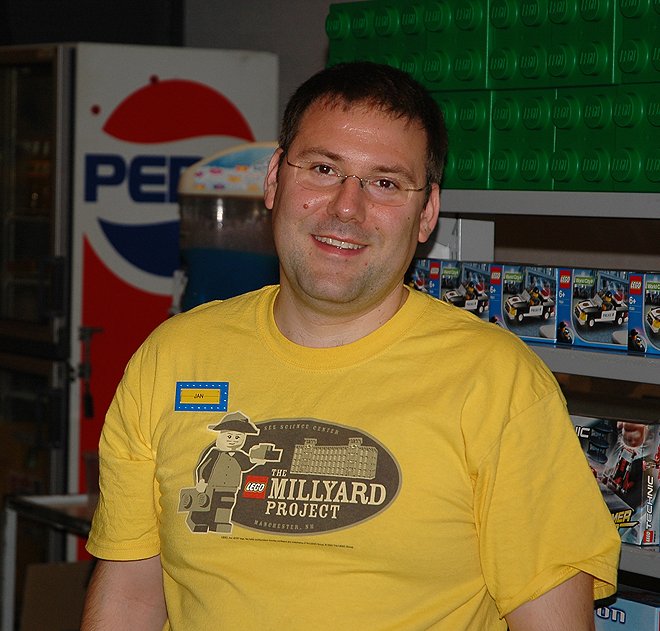Original linkOriginal author: LEGO
These days, nearly every LEGO set includes at least one highly specialized element—the kind of part you’d look at and wonder, “How on earth am I supposed to use that in something else?” Today, we're diving into a collection of builds that give new life to aircraft and watercraft elements. Some interesting elemnts, eh? Buckle up and get ready for launch because it’s time for some high-flying, sea-sailing NPU! (NPU stands for Nice Part Sage, btw.) Whatever Floats Your Boat From ferryboats to blimps to catamarans, nearly every LEGO theme has taken to the skies or the seas. One of the earliest floaty entries was 311-1 Ferry, released in 1973. It is so simple and delightfully retro, but look at that hull! Just a year later, LEGO debuted its first airplane with a specialized engine piece: 657-1 Executive Jet. (Though I would love to see those printed window plates again!) Fast...
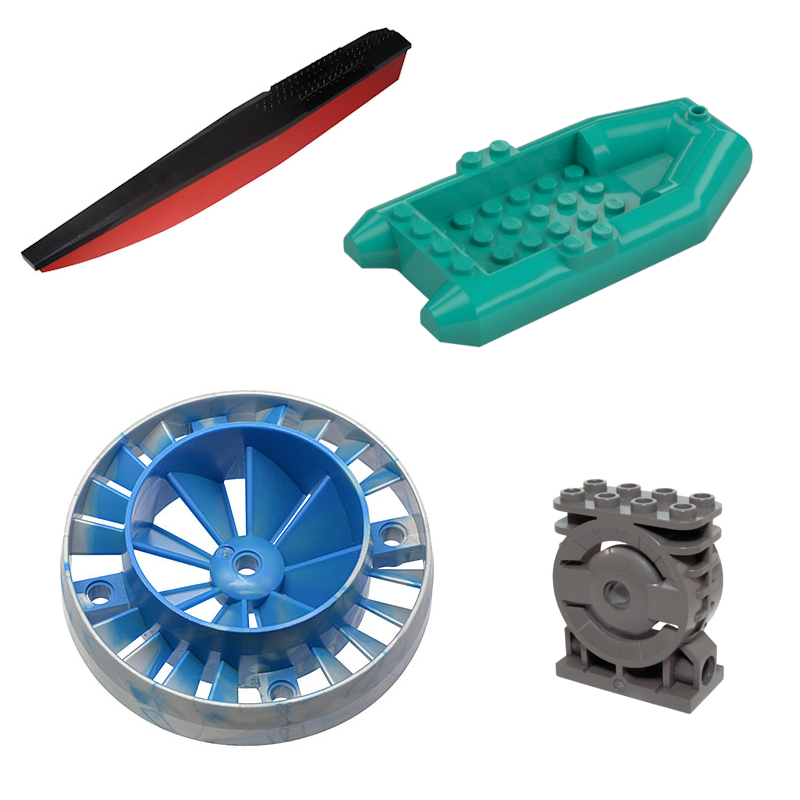
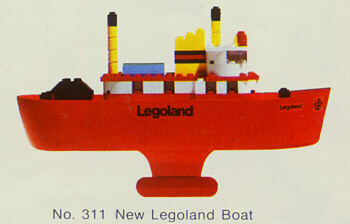
TreeBeard, by @BrickBuiltJosh Ground cover can look great built with LEGO plates and studs and a few well-placed botanical elements. But what if you want something lusher? More wild? Fuller and vibrant and detailed? Then you need to level up your game. And yes, it is tedious. And yes, it is time-consuming. And yes, it is parts intensive. But for someone who loves nature and landscapes like me, it’s worth it. Especially if you use it in smaller builds or strategically in focused areas of a larger MOC (Covering an 8-foot-long build at this level of lush detail may drive you out of your mind). As LEGO bricks become more and more detailed, with intricate tiny parts, more botanical-focused sets, and creative recolors, it’s opening whole new doors for lush, vibrant landscapes not possible even 10 years ago in this level of detail and variety. So for the start of Spring...
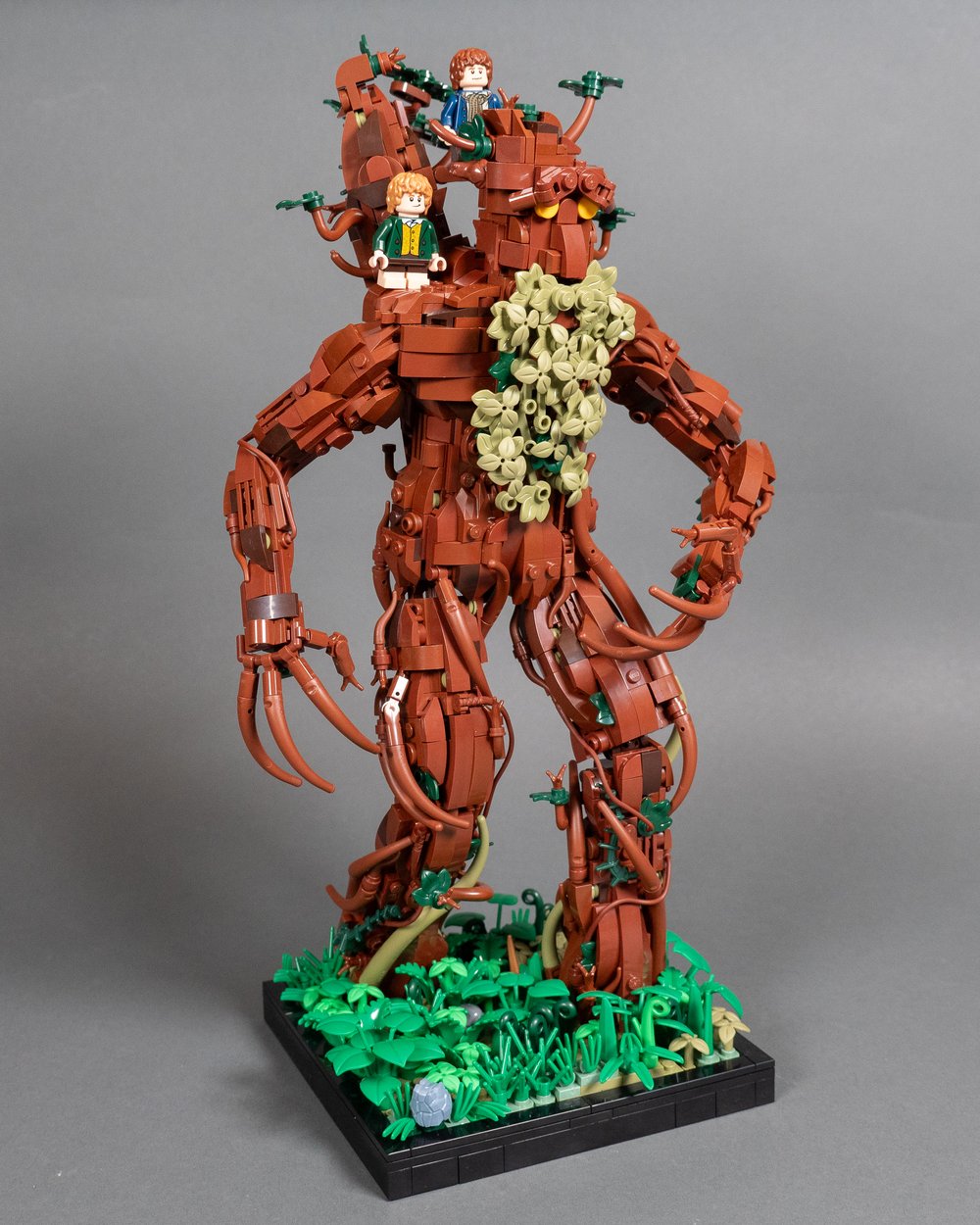

Before we get started, I need you to watch this scene from GoldenEye: I, like many of you, lost count of how many times I watched this James Bond movie. I spent a small fortune renting it over and over again at Blockbuster Video (R.I.P). I was taken by how cool the activation mechanism was. There are countless other examples of key-enabled doomsday machines from popular movies of the time, like WarGames, Crimson Tide, The Rock, Under Siege, etc. Maybe the Cold War hangover that drifted into the 90s fueled a generation’s obsession with very powerful machines with elaborate activation methods, or maybe it just scratches some deep part of our brains that like mechanisms, buttons, and lights. Regardless, I have long dreamed of having a machine in my life worthy of key-activation. Today, with LEGO, an Arduino, and a small bit of coding, I have achieved that dream. We Need...
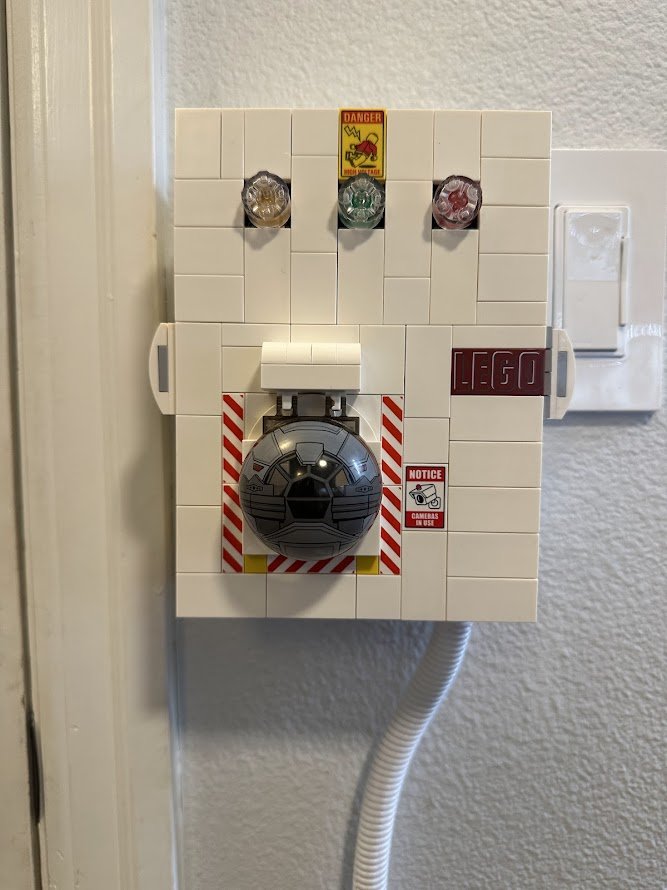
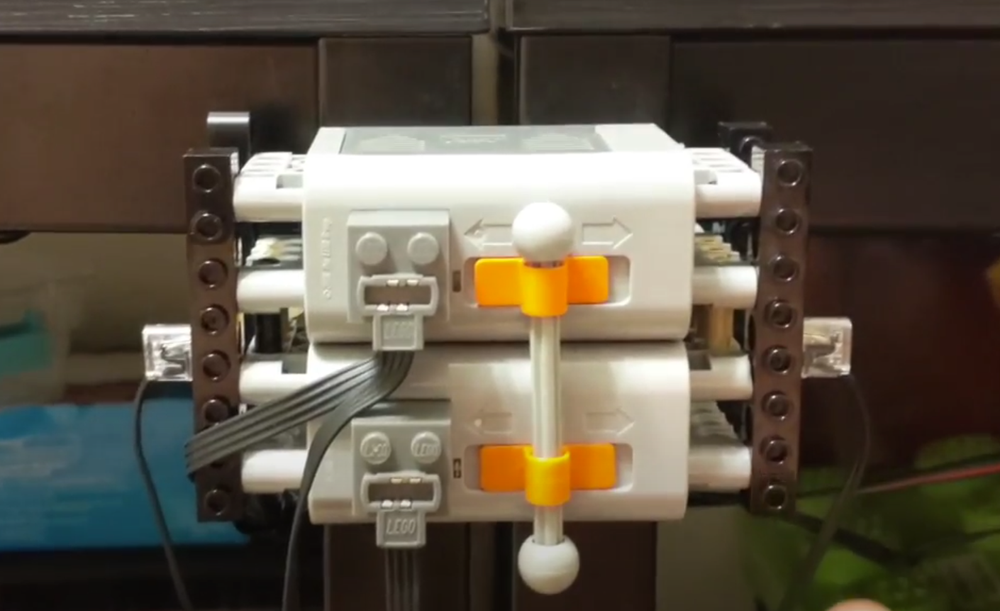
In the first part of our chat with Jan Beyer who recently left The LEGO Group, he told us about how he ended up working for the Danish toy manufacturer for 21 years. Now, we’ll talk a bit about what he accomplished there. Jan Beyer receiving BrickNerd’s Nerd Of Note award, from the author of this article, at the 2022 Skærbæk Fan Weekend If you were to compile a list of all the things Jan Beyer did in his years at The LEGO Group and ask people to pick the one they value the most, chances are that one achievement in particular would stand out: Skærbæk Fan Weekend, born as the LEGO Fan Weekend in 2005, which was incidentally the setting for this interview. But how did it come to be? “Well (laughing), it started almost by accident. AFOLs always wanted to do events, and for LEGO, that was interesting because...

